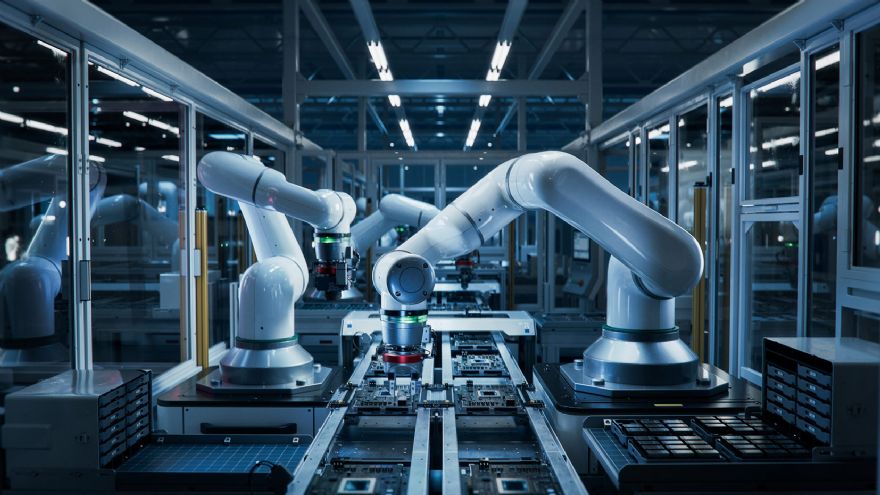
China's adoption of robots continues at a rapid pace, according to the latest
World Robotics 2024 report, published by the International Federation of Robotics (IFR). The country has now eclipsed Germany and Japan in the ratio of robots to factory workers, moving up to third place in the world in 2023.
Takayuki Ito, president of the IFR, said: “China’s massive investment in automation technology has achieved this high robot density despite a huge manufacturing workforce of around 37 million people. Robot density serves as a useful barometer for comparing the level of automation in manufacturing between countries.”
The Republic of Korea is the world´s number one adopter of industrial robots with 1,012 robots per 10,000 employees, and robot density in the country has increased by 5% on average each year since 2018. With a world-renowned electronics industry and a strong automotive industry, the Korean economy relies on the two largest customers for industrial robots.
Singapore follows with 770 robots per 10,000 employees. It is a small country with a very low number of employees in the manufacturing industry, so it can reach a high robot density also with a relatively small operational stock.
China´s push to the use of automation technology results in a high robot density of 470 robots per 10,000 employees (2022: 402 units). China only entered the top 10 in 2019, but has managed to double its robot density within four years.
Germany ranks fourth with 429 robots per 10,000 employees. The robot density of Europe’s largest economy has grown by 5% CAGR since 2018. Japan is in fifth place with 419 units. Robot density of the world´s predominant robot manufacturing country grew by 7% on average each year (2018-2023). Robot density in the USA reached 295 units in 2023. The country ranks 10th in the world.
The new global average robot density reaches a record 162 units per 10,000 employees in 2023 - more than double the number measured only seven years ago (74 units).